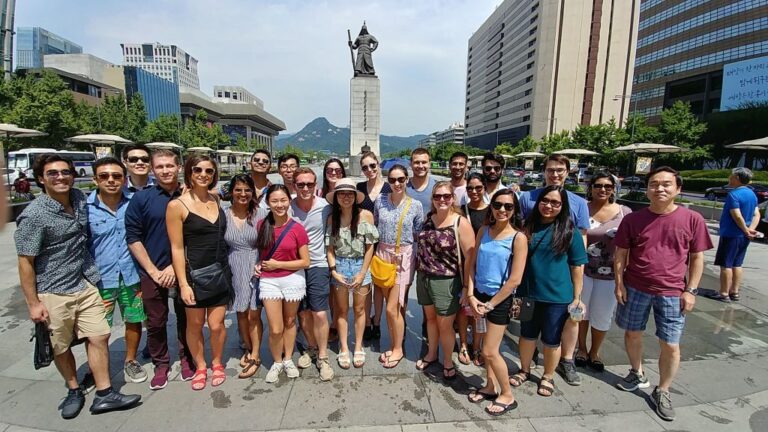Havana, Cuba’s colorful capital, is known for the Spanish colonial architecture of its 16th-century Old Havana core, including Castillo de la Real fort, now a maritime museum, and the pre-revolutionary Capitolio. 1950s American-made cars line the city’s streets and rumba groups play in the painted alley Callejón de Hamel. Salsa emanates from clubs and cabaret is still performed at the famed Tropicana.
The Cuban health care delivery system is vastly different from the U.S. model. Cuba’s health indices often match those of our nation, though its physicians practice with scarce resources and limited technology.
Explore this fascinating system in the first on the ground American CME course that the Cuban government has approved. The Michigan State University College of Osteopathic Medicine will host this program, which gives U.S. physicians access to the Cuban health care facilities and providers. The
course’s primary goal is to introduce participants to the Cuban health care delivery model and the country’s rich culture.
Participants will explore the public health/community medicine model for delivering health care services, including maternal health, and visit Calixto Garcia Hospital, Cuba’s main trauma hospital in Havana. Cuban health care officials and clinicians will offer presentations that highlight Cuba’s struggles and successes in delivering health care.
To compare and analyze health care delivery systems between the U.S. and Cuba that results in enhanced understanding and potentially transferable practices.
It is the discretion of the Course Director to determine which students may participate. An interview may be required.
For more information, please contact Study Abroad Office of IGH.



